
Exciting neuroscience research from November 2020
Development of nanoparticles that can deliver drugs across the blood-brain barrier, a hearing test that could detect autism in newborn babies, and discovery that patterns of brain activity are specific to the colours a person is seeing, are some of the top research stories from November.
1. Corpus callosum absence generates spectacular neuronal plasticity
A quarter of people born without a corpus callosum, a brain structure that transmits information from one hemisphere to the other, do not have any symptoms. Those who do suffer symptoms have either low intelligence quotients or severe cognitive impairment.
Scientists at the University of Geneva have discovered that, in those without symptoms, the brain reorganises itself to create more intra-hemispheric connections to compensate for the loss. They found that the intra- and interhemispheric functional connectivity is comparable to those in healthy brains, suggesting that the plasticity mechanisms compensate for the lack of neuronal fibres between the hemispheres.
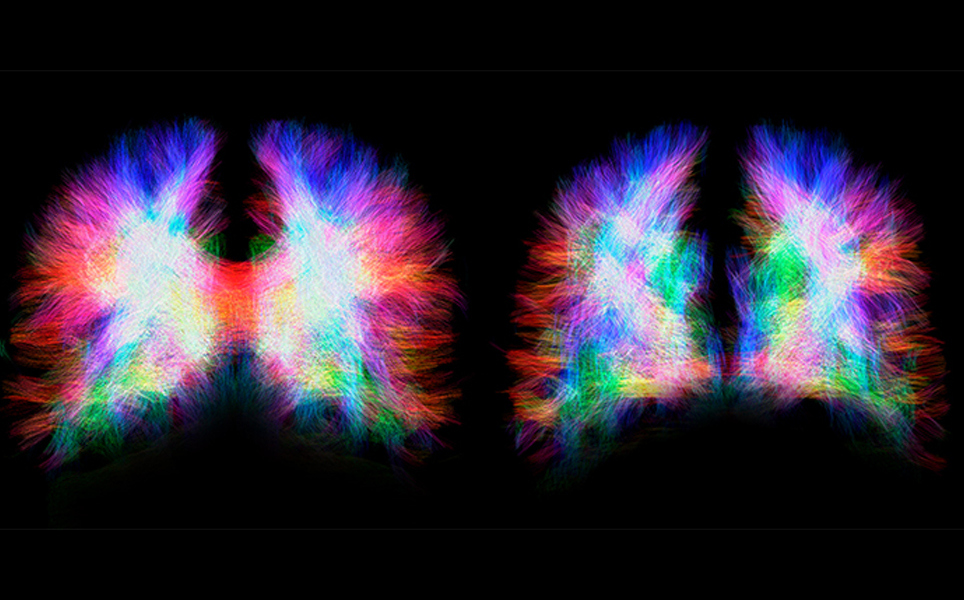
Brain plasticity to compensate for connection loss
2. Bringing drugs to the brain with nanoparticles to treat neurodegenerative diseases
Researchers at the Institut National de la Recherche Scientifique (INRS) have developed nanoparticles that can be used to deliver drugs across the blood-brain barrier to treat neurodegenerative diseases. The blood-brain barrier is the main obstacle when treating neurodegenerative diseases, making these nanoparticles a potentially huge breakthrough.
The method was tested on cultured cells, then on zebrafish, who have a similar blood-brain barrier to humans, with the added benefit of having a transparent skin. This allows visualisation of the nanoparticles crossing the blood-brain barrier in real-time.
The nanoparticles are made from polylactic acid (PLA), a biocompatible material, with a layer of polyethylene glycol (PEG), which makes them invisible to the immune system, enabling them to circulate in the bloodstream without being broken down by immune cells.
The team are going to continue testing these nanoparticles on other animal models, with the hope of them being used clinically in the near future.
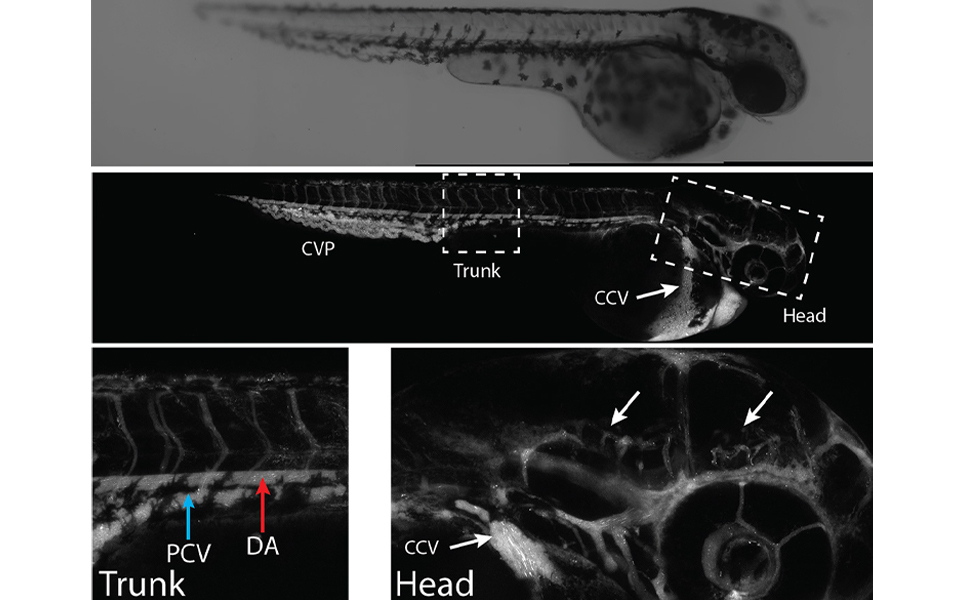
Potential breakthrough for neurodegenerative disease treatment
3. Envision colour: Activity patterns in the brain are specific to the colour you see
Using magnetoencephalography (MEG) to noninvasively record magnetic fields that accompany brain activity, researchers at the National Eye Institute have discovered that patterns of brain activity related to visual processing are specific to the colours a person is seeing.
After a sufficient amount of data had been acquired, the researchers were able to predict what colour a volunteer was seeing by looking at the MEG recordings. This improved understanding of how colour processing is organised in the brain, and the ability to decode the brain map of colour processing, could have implications for the development of brain-machine interfaces for visual prosthetics.
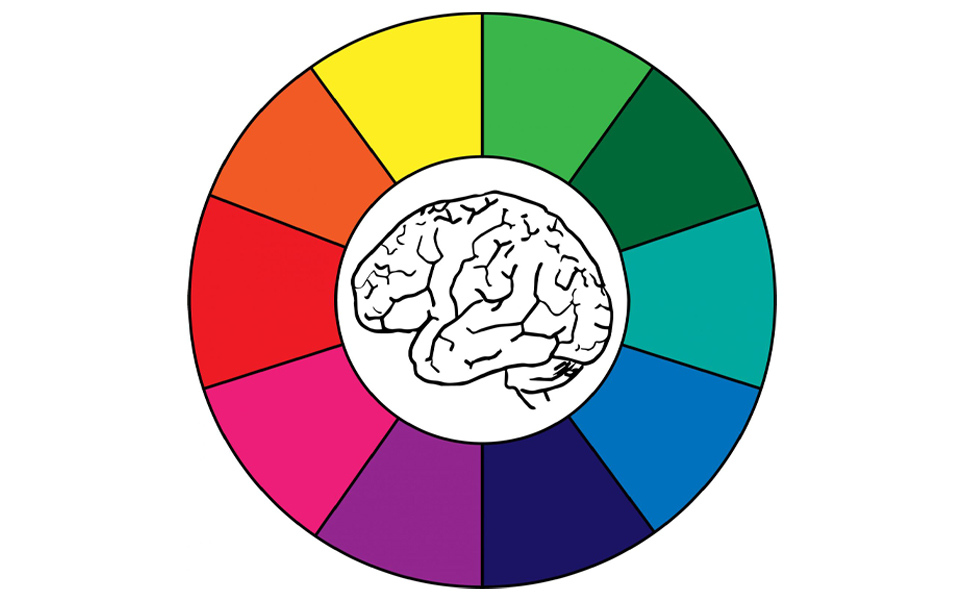
Predicting what colour a person is seeing
4. Wireless chip shines light on the brain
A wireless chip that can be surgically implanted to read neural signals and stimulate the brain with light and electrical current has been developed by scientists at North Carolina State University.
The chip is powered wirelessly, using an electromagnetic field, and is also able to wirelessly send and receive information. It has been successful in rats, and will be used to gain important insights into diseases such as Alzheimer’s and Parkinson’s disease.
Wireless brain stimulation
5. Tarantula toxin attacks with molecular stinger
Using high-resolution cryo-electron microscopy, scientists at the University of Washington School of Medicine and Howard Hughes Medical Institute have discovered how a tarantula immobilises its prey.
By studying the bird-catching Chinese tarantula, the scientists found that a tarantula bite contains a stinger-like poison that locks sodium channel voltage sensors, preventing the channels from being activated.
This finding could help develop safer and more effective drugs for treating chronic pain through blocking sensory nerve signals, by trapping voltage-gated sodium channels in their resting state, in a similar way to how tarantula venom does.
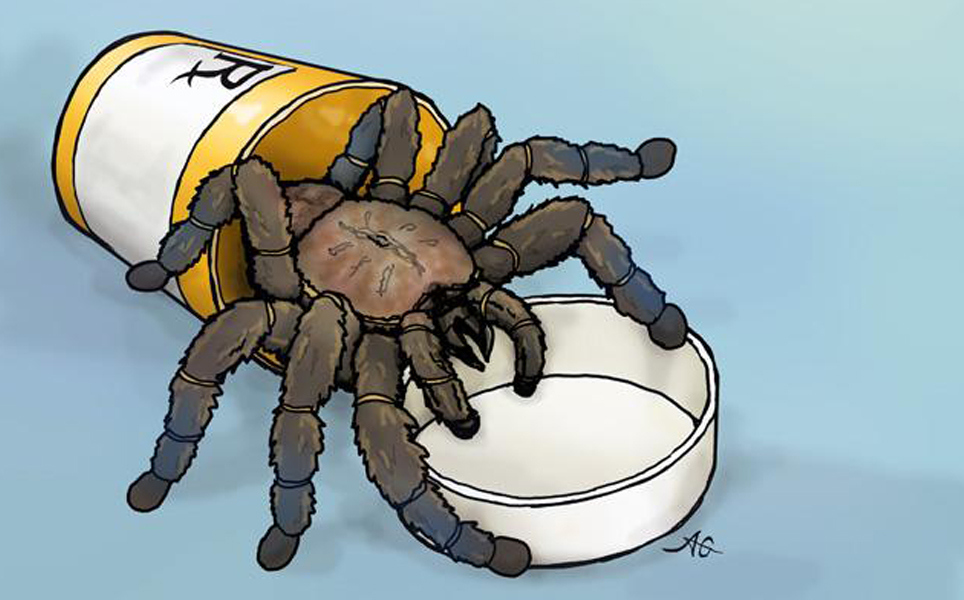
Tarantulas providing insight into improved chronic pain treatments
6. Hearing test may detect autism in newborns
It is well-known that hearing and other sensory systems of adults and children with autism differ to those without autism. Using this knowledge, researchers at the University of Miami and Harvard Medical School are modifying a hearing test that could detect autism as early as at birth.
The tests, which are already widely used to screen newborn babies for hearing loss, work by measuring auditory brainstem responses (ABR), to gauge how well a baby’s inner ear and brain respond to sound. After analysing auditory recordings from nearly 140,000 babies, the researchers found that newborns who were later diagnosed with autism showed slower brain responses to sounds in their ABR tests.
It is hoped that the test can be further developed to enable doctors to use not only to test a newborn’s hearing and risk for autism, but other developmental problems, such as speech impairments and Sudden Infant Death Syndrome, too.
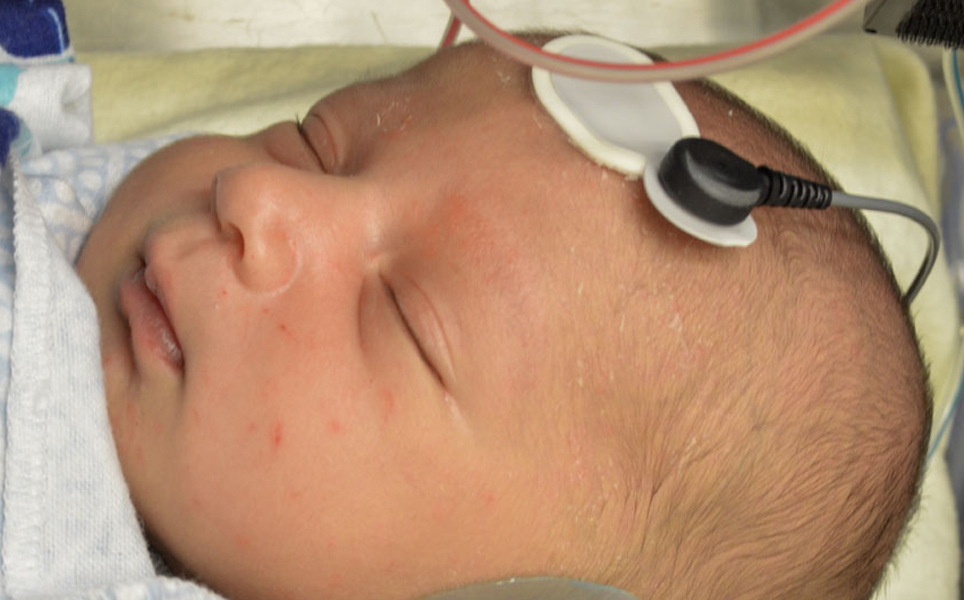
Hearing test that could detect autism in babies
7. World’s first: Drug guides stem cells to desired location, improving their ability to heal
A drug that guides stem cells to damaged tissue, improving the efficacy of stem cell therapies, has been developed by scientists at Sanford Burnham Prebys Medical Discovery Institute.
This is a scientific first, which ensures the therapeutic effect of stem cells is targeted to the desired location, enhancing repair. The drug, called SDV1a, was created by modifying the inflammatory molecule CXCL12. SDV1a works by enhancing stem cell binding and minimising inflammatory signalling. It can be injected anywhere, to attract stem cells to a specific location without inducing or worsening inflammation.
This drug could not only improve current stem cell therapies for neurological disorders such as spinal cord injury, stroke and amyotrophic lateral sclerosis (ALS), but could also lead to their use to treat other conditions such as heart disease or arthritis.
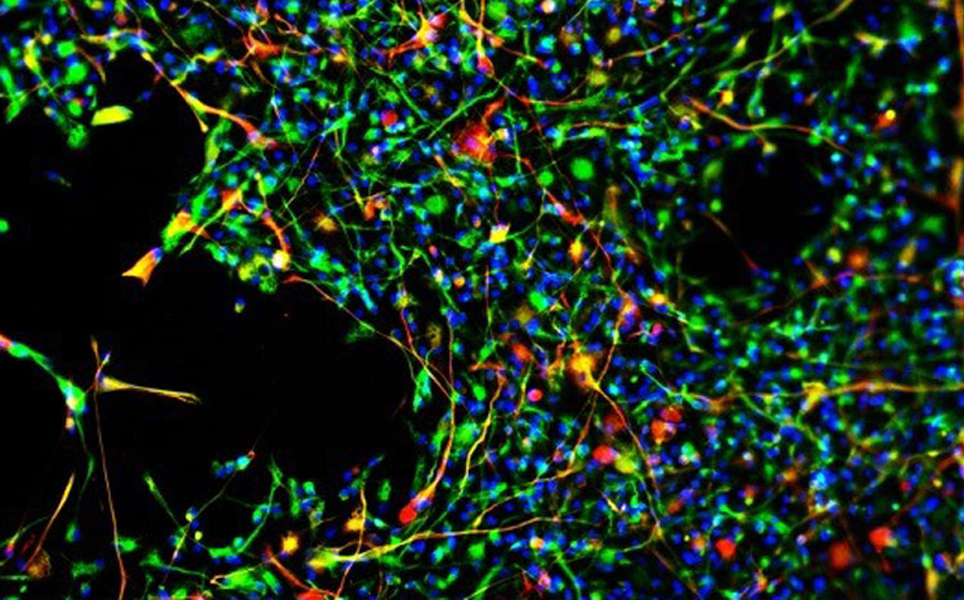
Stem cell guide
8. New mechanism of pain control revealed
Researchers at Kyushu University have discovered a new mechanism of pain control involving a newly identified, unique population of astrocytes in the spinal cord. This provides a new potential target for treating chronic pain.
The newly discovered population of astrocytes are located in the superficial laminae of the spinal dorsal horn, a region known to transmit sensory information, and have been found to play a role in pain hypersensitivity. Stimulating noradrenergic neurons that carry signals from the locus coeruleus in the brain down to the spinal dorsal horn, activated these astrocytes, resulting in pain hypersensitivity.
This suggests that suppressing the noradrenergic signalling that activates these astrocytes could enhance the effects of drugs that treat chronic pain.
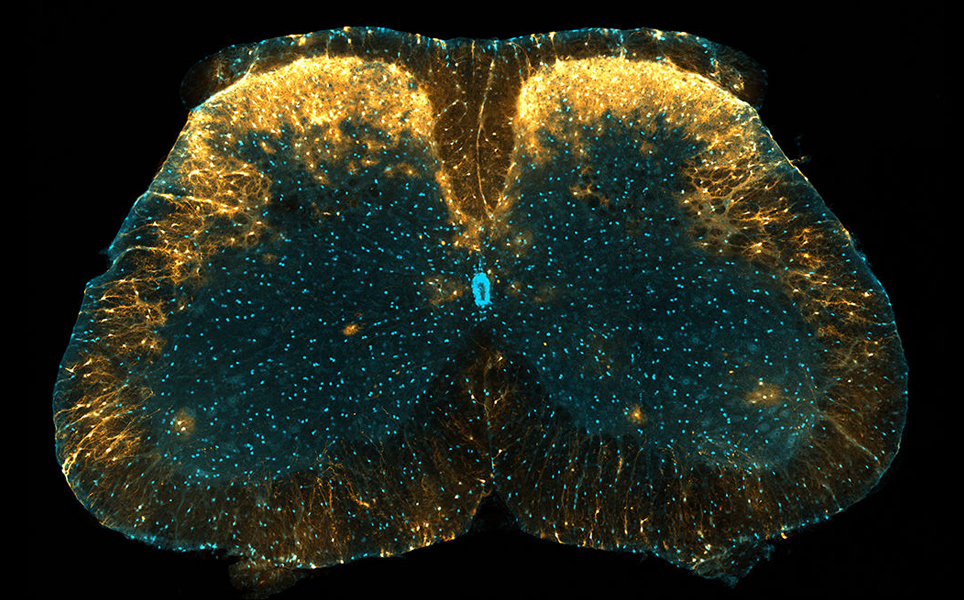
More about the discovery
9. Parasite discovery could assist mental health treatments
Research by the University of Leeds into how a common parasite infection alters human behaviour could help with the development of treatments for neurological disorders.
The scientists suggest that behaviour changes in those infected with the Toxoplasma gondii parasite, which causes the toxoplasmosis disease, could be linked to reduced levels of noradrenaline. Noradrenaline controls neuroinflammation, and both noradrenaline and neuroinflammation are linked to neuropsychological disorders such as schizophrenia, Alzheimer’s disease and ADHD.
It was discovered by the researchers that through the reduction of noradrenaline, the control of immune system activation is disrupted, causing overactive immune responses that may affect the cognitive state of the infected person.
This research has improved understanding of how brain inflammation is linked to changes in cognition, which could help the development of antipsychotic treatments.
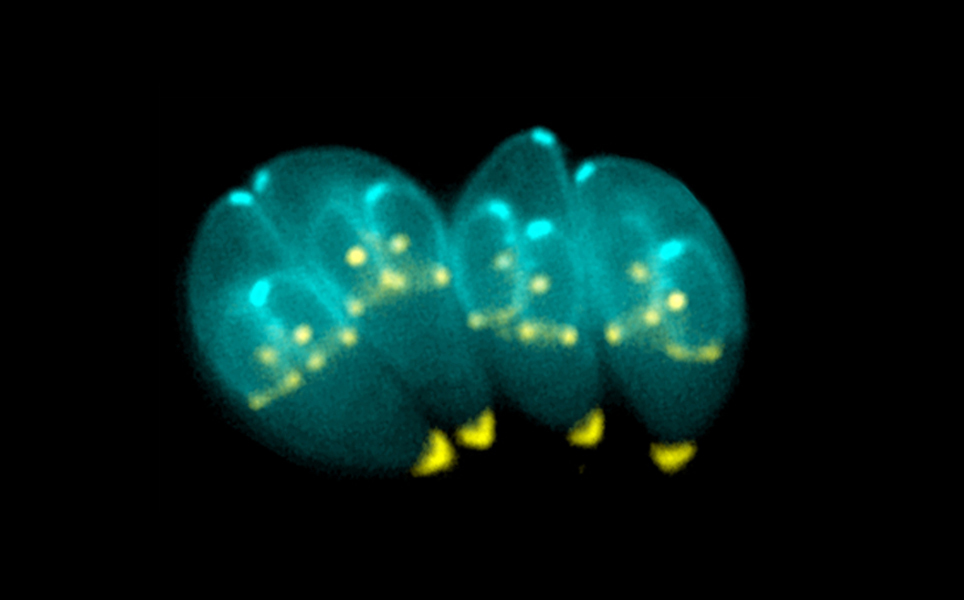
How a parasite can affect a person's cognitive state
10. Deep brain stimulation for epilepsy gives patient hope
A new device that sends electrical pulses to parts of the brain has been shown to decrease seizures in epilepsy patients, by scientists at the University of Washington School of Medicine.
The device is implanted into the brain, providing deep brain stimulation (DBS) to specific brain regions, reducing abnormal activity. The device is able to take snapshots of brain activity at different times, helping to improve understanding of when seizures are most likely to occur, helping the patient to live a more normal life.
DBS device
Banner image credit: Kyushu University
Take a look at our previous top neuroscience stories:
Sign up to receive our latest news
Find out about Scientifica's latest product releases, company news, and developments through a range of news articles, customer interviews and product demonstration videos

)